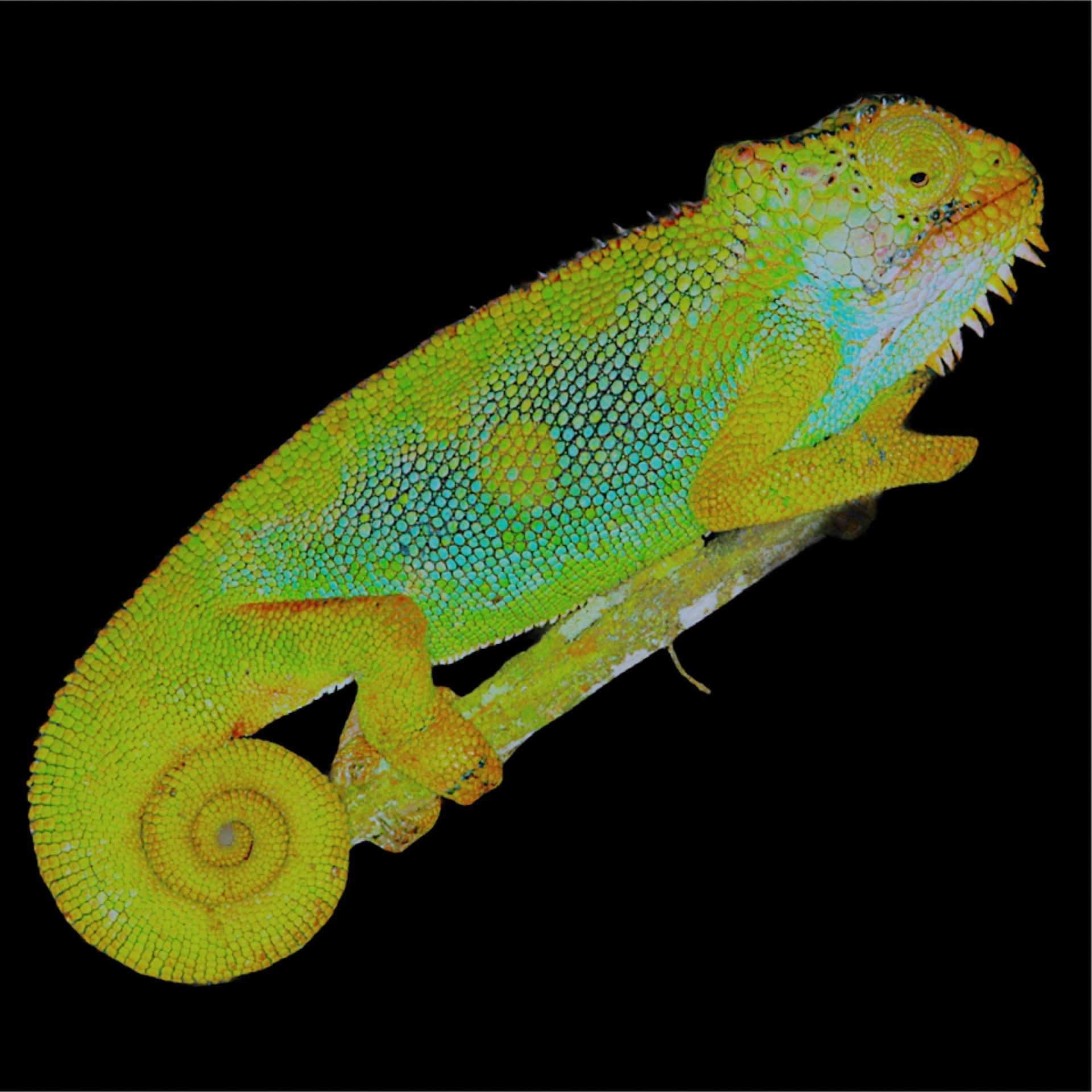Vanishing Green: The Fragile Majesty of Trioceros harennae

Trioceros harennae, the Harenna hornless chameleon, is a high-altitude specialist endemic to Ethiopia's Bale Mountains. First described by Largen in 1995, this species is found exclusively in the misty forests and shrublands of the Harenna escarpment, typically between 2,400 and 3,300 meters elevation.
Two subspecies are currently recognized:
Trioceros harennae harennae (Largen, 1995)
Trioceros harennae fitchi (Nečas, 2004), named after Stephen Fitch, who helped collect the holotype2
Unlike its horned cousins, T. harennae is modest in ornamentation, favoring cryptic coloration and a compact form—reaching only about 13.8 cm in total length. It's ovoviviparous, giving birth to live young, with litter sizes ranging from 8 to 12.
But this quiet forest dweller faces a loud threat. The Harenna Forest, its only known habitat, is under severe pressure from deforestation, agricultural expansion, and climate instability. Despite being listed as Least Concern by the IUCN in 2014, this status may not reflect current realities. Without updated surveys and urgent conservation action, T. harennae could slip into obscurity.
Its ecological niche is narrow, its range is small, and its future is uncertain. For the chameleon community, Trioceros harennae is more than a name—it's a symbol of what's at stake when montane ecosystems are left unprotected.
If this species disappears, it won't be because nature failed—it'll be because we did.